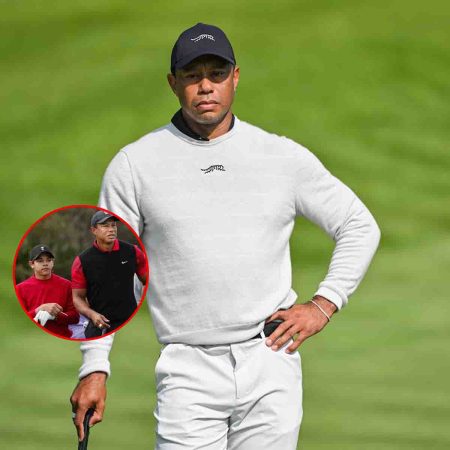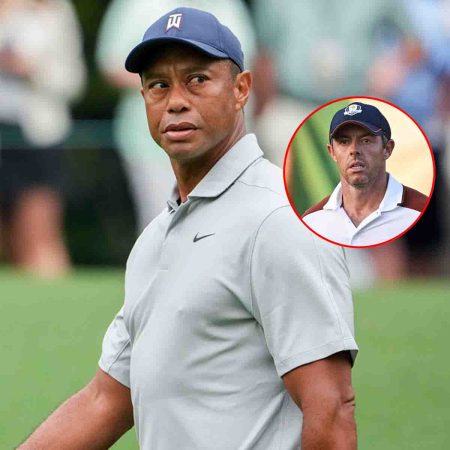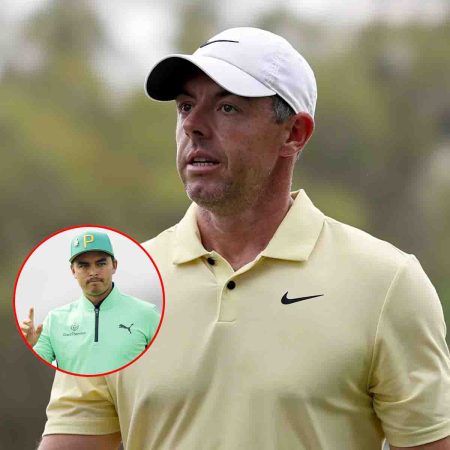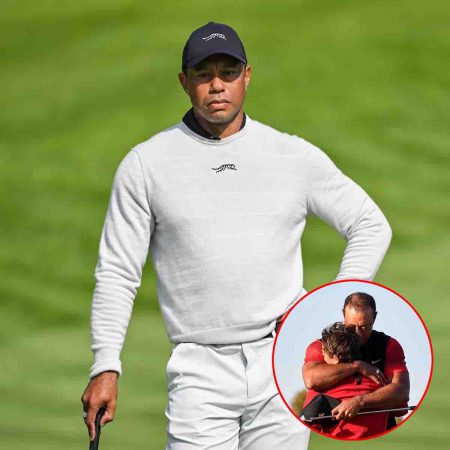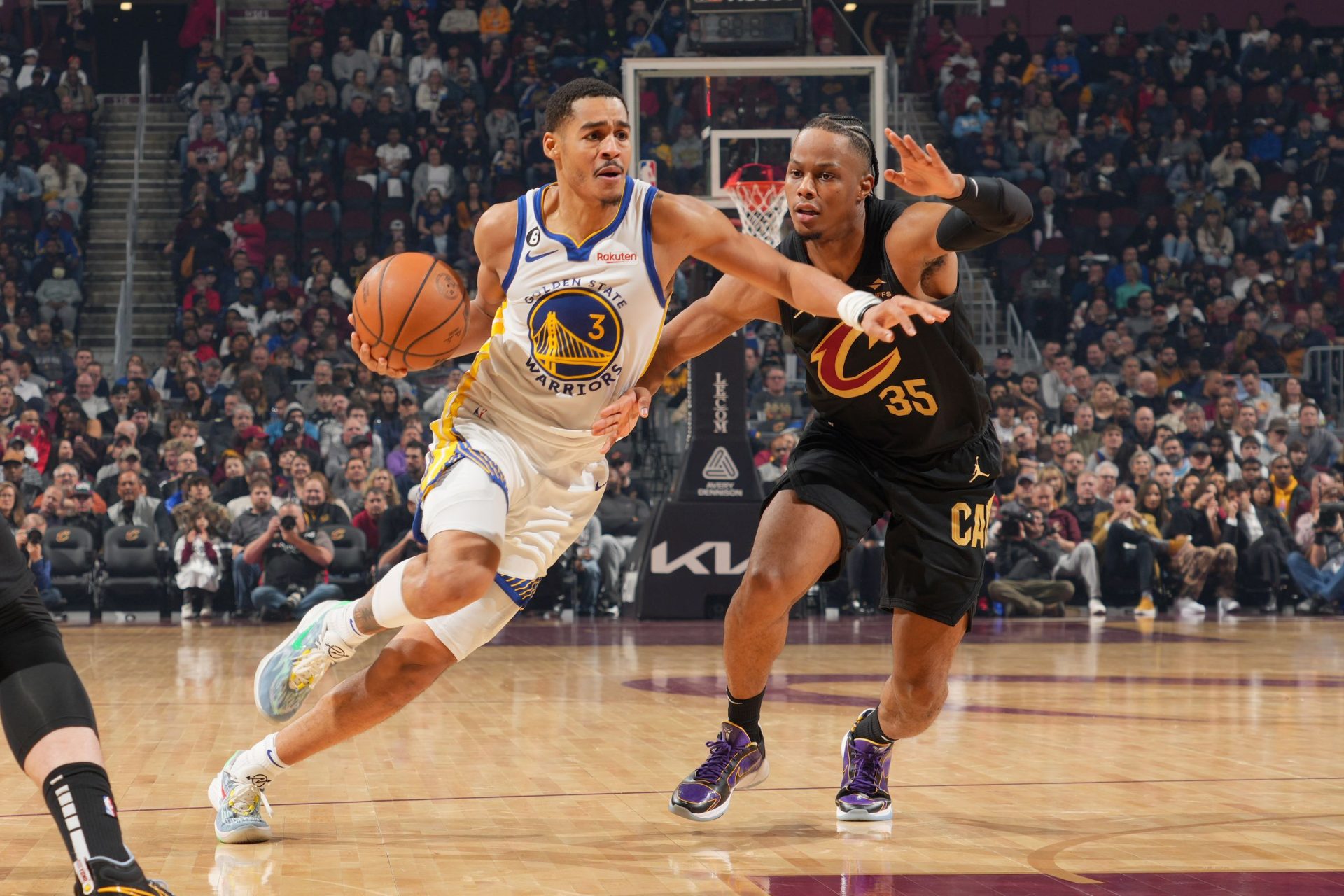
You undoubtedly already know how much Steve Kerr enjoys running the Golden State Warriors’ tried-and-true low-post split action if you’ve been following them for nearly the entire time he has been their head coach.
Kerr spams split action as if it was a 2K money play — and most of the time, it is indeed a money play. It’s perfectly built for a roster with the kind of movement shooters and screeners to maximize its effectiveness.
The sight of Steph Curry or Klay Thompson running around a split screen and getting free for a three — with Draymond Green typically being the low-post passer — never really gets old. Even if it is just a simple action, it has several possibilities baked into it, more than just the classic curl-off-the-screen-for-a-three look.
If defenders “top-lock” the shooter to deny them from using the screen, the shooter can simply backcut on them for a layup. If the screener’s defender jumps out to take away the shooter’s space, the screener can simply slip to the rim for a bucket.
And then, you have works of basketball art such as this possession:
Split action whenever Curry, Thompson, and Green are involved rarely is a scripted set. They audible into it; all of them know what the other is thinking. This mind-meld wasn’t built in a day — eight years of running this set, perfecting it, and shaping it into the deadly weapon that it is today have made them its undisputed masters.
Which is why it was interesting to see just how the Warriors would fare running this set — and running the overall offense — with all three of them sitting out against the Cleveland Cavaliers.
We got our answer at the 9:55 mark of the first quarter:
This is the more traditional version of the low-post split, with the outcome being a Jordan Poole three. But the nuances are worth looking at.
Poole makes sure to run Isaac Okoro smack into Kevon Looney’s rock-solid screen with a slight push-off. Okoro runs into Looney and falls behind, unable to stay connected with Poole around the screen. But the real kicker here is how deep Jarrett Allen — Looney’s man — drops back.
The baffling thing about split action is how teams have seen it over the years, have extensive tape on it, and pretty much know the counters to it. But save for some of the smartest defensive teams in the league, most opponents still elect to drop the screener’s defender back, as if to help on the player posting up on the block.
That is, only to find themselves out of position and unable to help on the curl.
The Poole three above was one of 23 the Warriors were able to make out of 43 attempts — a blistering 53.5% success rate. They had a three-point attempt rate of 48%, nearly three percentage points higher than their season average of 45.3%, which leads the entire league.
Poole contributed five threes of his own, most of which were born out of what seemed to be pick-and-roll coverage mishaps by the Cavs:
While playing drop coverage against and ducking under screens aren’t recommended, it’s in the nuances that make these threes possible for Poole. Looney’s ingenuity as a screener deserves a special shout out.
When Okoro “ICEs” the screen in the first clip (jumping out to deny the screen and force the ball handler against the sideline), Looney counters by flipping the angle of his screen and turning it into a “flat” screen, which is the classic counter to ICE coverage. With Allen in drop coverage, Poole has all the space he needs for the pull-up three.
In the second clip, the Warriors run their staple “Motion Weak Fist” set to get side ball-screen action with Poole and Looney. Caris LeVert attempts to ICE the screen again, but Poole uses a series of dribble moves to direct him toward Looney’s screen. LeVert is compelled to duck under, with Poole pulling up for another three.
The third clip simply involves a high ball screen where Looney catches Caris LeVert clean on the screen, and Poole pulling up against another Allen drop.
Poole (32 points on 23 shots, 60.3 TS%) turning into a version of his stylistic mentor gave the Cavs trouble all night long. He commanded plenty of defensive attention, both on the ball and off of it.
The Cavs defense bit on almost everything Poole did. Running off of screens commanded extra defenders; some occasional doubles were thrown in. Cuts such as the one below drew help away from the corner:
Knowing how the Cavs would jump on any action that involved Poole curling off a screen — let alone two — Kerr drew up an after-timeout (ATO) set with the Cavs threatening to come back from a deficit that was once as big as 20 points.
It was nothing elaborate or overly complex — certainly not to the level of the one he drew up against the Detroit Pistons — but it was effective enough due to using the Cavs’ fear of Poole getting loose for a three:
This set is usually called during a live-ball half-court situation, but Kerr dials up “Stagger Away” — staggered screens for a man in the corner — for Poole. Poole runs off the first screen and then makes his way toward Looney’s screen.
Evan Mobley — seeing that Poole is about to run off of Looney’s screen — prepares to meet Poole up high, which allows Looney to slip and cut toward the rim for the easy two points.
Kerr is one of the more underrated playcallers and designers of ATO sets in the league. Much has been made of his ability to manage egos and expectations, a player’s coach whose ability to form healthy relationships with his players overshadows much of his tactical chops.
Eight years in the league have sharpened his skills as a tactician. I would argue that never has he been better at putting his players in the best spots to succeed and making the most out of the situation he’s been given.
Against the Cavs, he was given youth, inexperience, and two-way-contract players — and unexpectedly struck gold.
Source: https://www.goldenstateofmind.com



